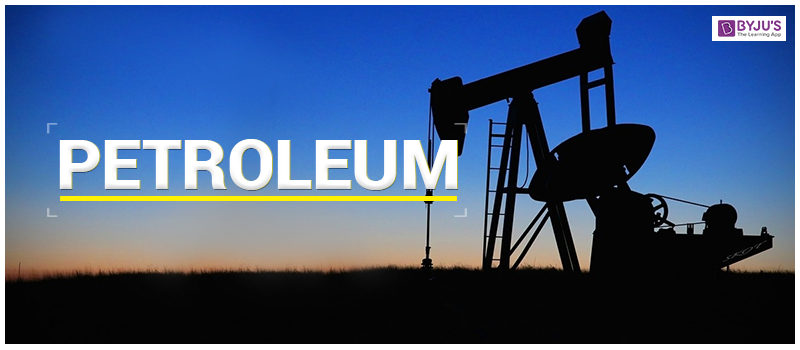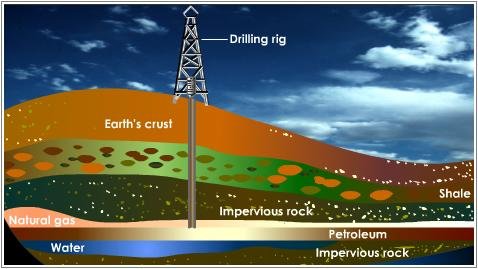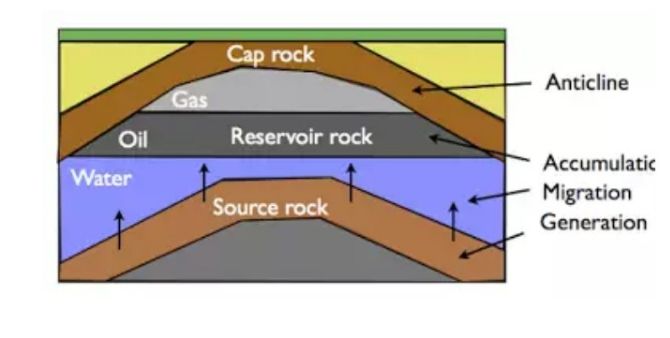Explaining the Secrets of the Origin and Accumulation of Petroleum
The origin and accumulation of petroleum took a giant step in the year 1859 with the drilling of the first oil well. Oil and gas deposits had been encountered at various locations since ancient times but this instance were relatively rare throughout the entire world at the time of drilling the first oil well. Today, we have widely accepted geological theories along with good supporting evidence that help explain how oil and gas was formed .
During the infancy of our planet, early life on earth is believed to have began in vast seas and inland lakes. This is one of the initial concepts in developing the current geological organic theory of petroleum. This marine areas are thought of as being reasonably shallow. The hydrogen and carbon materials which makes up the composition of petroleum is presumed to have come from the decomposed plants and animals that were living on land and in sea. The vast majority of this organic materials are believed to have been deposited more in the marine environments and deltaic regions than in the continental region. Also it is believed that the smallest plant and animal forms were of more importance than the larger forms as a petroleum source.
Organic theory of origin begins with the vast seas that at several times in the geological past covered large portions of the present continents and near offshore areas supported abundant populations of marine plants and animals lives. As these organisms died, their remains were buried and preserved in the sedimentary record. This evidence of paleoseas is formed in the rocks underlying much of the presents land areas. But this evidence is hard to preserve because of the continuous active tectonic cycle that go on in the ocean floor.
Throughout millions of years, rivers flowed down to the seas amd carried with them great volumes of mud and sand to be spread out by currents and tides over thr sea bottoms near the constantly changing shorelines at divergent zones. During this time, plants and animals life flourished. Under the increasing weight of the accumulating sediments, thr ocean floor sank slowly into the athenosphere so that thick sequences of mud, sand and carbonates were formed and preserved. These were squeezed by the weight of thousands of feet of overlying organic and inorganic material and eventually becomes what is called sedimentary rocks,. As those sediments were being transported and deposited, precipitates cemented them together, and through lithification, they formed sedimentary rocks. These sedimentary rocks include, dark marine shales, marine limestone which are widely known to scientist as source rocks. Some other sedimentary rocks include sandstones, limestone, pebbles and cobbles that are considered as reservoir rocks due to their porosity and effective permeability.
A large amount of very small plants and animals remains comes into shallow seas with rivers silt and muds. This material joined a much greater volume of similar tiny remains of marine life already settled to the sea bottom. These small organism, die and settle to the bottom of the sea and were repeatedly buried by mud and sealed from air thereby preserving it. They were further protected from ordinary decay by salty sea water. Through geologic time, as more and more layers of organic materials, sandstone, silt, clay and limestone accumulated, the deeper sediments were compressed and eventually hardened into rocks. As time passed, the weight of the overlying sediments caused tremendous pressure exerted on the deeper sedimentary layer. Then this pressure along with high temp, bacterial action and chemical reaction produced the changes that cause the formation of oil and natural gas in the source rocks. Continued squeezing of this rocks resulted in pressure and temp sufficient to cause primary oil and gas migration out of the source rocks into adjoining porous and permeable rocks through viscosity. After this primary migration, secondary migration occured where the oil and gas migrated into the reservoir rocks which contain the oil and gas, based on their difference in density.
It is then from these reservoir rocks with good prospect that oil companies go and drill into and then get the petroleum which is then refined to its contituents according to their densities.
Thanks for reading..... @tunnis



What an interesting and informative write up
Petroleum a resource that has helped the world in so many ways. Thanks for sharing @tunnis